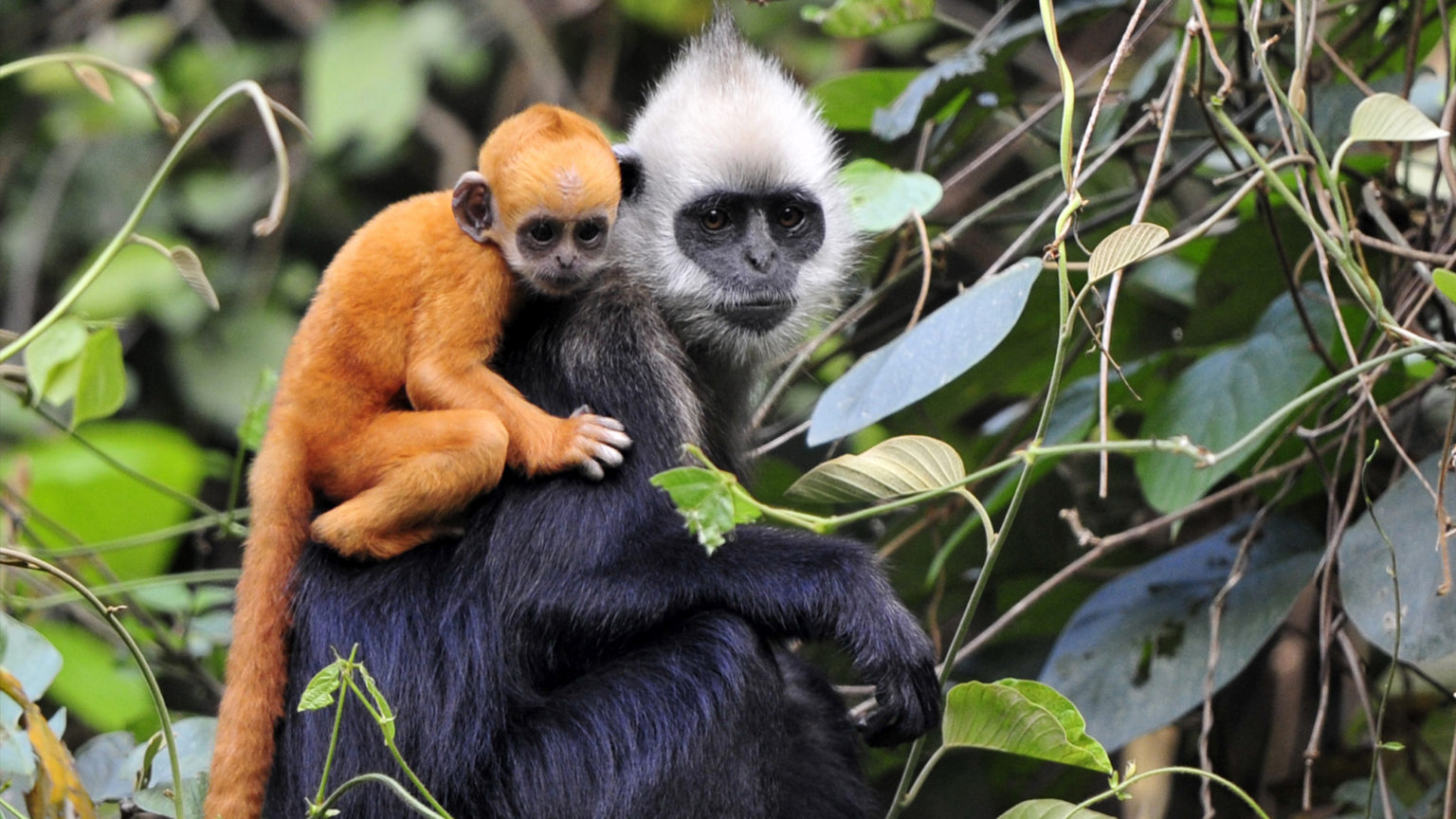On May 22, we mark the International Day for Biological Diversity at a time when Indigenous Peoples and local communities are still fighting for their rightful place in decisions that affect them and their territories of life
First published on 05/19/2022
We mark the International Day for Biological Diversity 2022 at a time when, on the one hand, there is a seemingly inevitable growth of recognition and support for Indigenous Peoples and local communities as the stewards of life on Earth. However, on the other hand, they are still fighting for their rightful place in decisions that affect them and their territories of life. The ongoing negotiation of the post-2020 global biodiversity framework is a case in point.
This year, the slogan for the day is ‘Building a shared future for all life,’ which the UN chose to continue building momentum and support for the post-2020 global biodiversity framework to be adopted at the upcoming UN biodiversity conference (COP15).
This is a critical period for the future of our planet and the diversity of life. As the pandemic continues, Indigenous Peoples and local communities worldwide are striving to overcome the challenges of raging planetary and inequality crises.
From the experience of Indigenous Peoples and local communities, we know it is possible to bring species back from the brink, restore social-ecological systems, and sustain territories of life in times of significant change. Collective and community stewardship is central to our shared and sustainable future.
Biological diversity is essential to Indigenous Peoples’ and local communities’ lives and livelihoods. Indigenous and local knowledge, culture, livelihoods, and spiritual practices are intertwined with the diversity of life in their territories, lands, and waters.
However, state governments, companies, and conservation organizations in many countries worldwide continue to run roughshod over Indigenous Peoples’ and local communities’ rights and responsibilities to their cultures and territories of life, including their rights to self-determination, self-governance, and free, prior and informed consent.
The time is now to recognize Indigenous Peoples and local communities as the true agents of transformative change. They are so central to sustaining the diversity of life on Earth that it would be impossible to address the biodiversity and climate crises without them.
According to the ICCA Consortium’s 2021 report on territories of life, supporting Indigenous Peoples and local communities to secure their collective lands and territories of life and a minimum bundle of rights is a key ‘missing link’ in global commitments and national-level implementation. We have seen similar evidence in a new region-specific report co-authored by 20 Indigenous and local community organizations across Asia, including several ICCA Consortium Members, and the Rights and Resources Initiative.
Leading up to the adoption of the post-2020 global biodiversity framework, expected at the next UN biodiversity conference, there has been growing discussion about the importance of recognizing the rights and roles of Indigenous Peoples and local communities in sustaining the entire planet’s life support systems.
Yet throughout the negotiation of the framework, most state governments and conservation organizations have focused overwhelmingly on the draft target on area-based conservation, commonly known as 30×30, without the necessary counterpart focus on halting the drivers of biodiversity loss and threats to those who are risking their lives to defend our planet.
And within the 30×30 target, most negotiators have shown little to no willingness to commit to the protection of human rights in conservation, particularly the rights of Indigenous Peoples and local communities, the legal recognition of their territories and respect for their customary uses, as the voices from custodians of the lands, waters, and territories of life have highlighted.
However, there are signs that the tide may be turning, thanks to the concerted efforts of the International Indigenous Forum on Biodiversity, the youth, women, and civil society caucuses, and a small but strong group of supportive state governments.
After the Geneva sessions in March 2022, these efforts are being reflected in Target 3 of the draft post-2020 framework, highlighting the importance of recognizing the contributions of Indigenous Peoples and local communities and managing, securing, and safeguarding their rights beyond national legislation and complying with international obligations. The Geneva sessions also opened the door for recognition of the importance of Indigenous Peoples’ and local communities’ lands and territories, including their right to free, prior and informed consent.
However, there is still a long way to go before territories of life are fully and appropriately recognized and supported in the post-2020 framework.
In the upcoming negotiations in Nairobi in June and national-level implementation plans, we call on global and state leaders to align the goals and targets of the post-2020 framework with Indigenous and community custodians’ self-determined values, visions, and leadership and urge them to follow through on commitments to a rights-based approach to implementation to ensure a healthy and sustainable planet for all and achieve a consensus voice before COP15.
